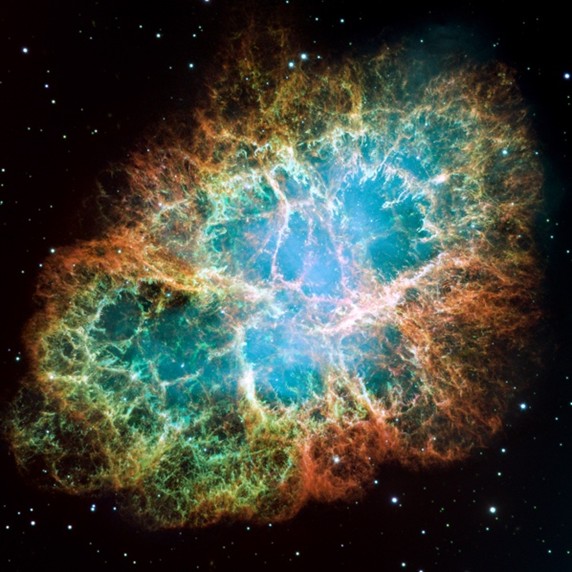Led by M.A. Aloy and M. Obergaulinger, this research line investigates the full chain of core-collapse supernovae (CCSNe), from progenitors to remnants and observables. The overarching goal of the CAMAP group is to understand the physics of supernova explosions and their associated phenomenology. CAMAP’s approach is unashamedly holistic: it seeks not only to capture the intricate dynamics that follow stellar collapse, but also to connect them with the multi-messenger signals (neutrinos, GWs, and heavy-element nucleosynthesis) that such cataclysmic events unleash. During the last years the CAMAP group has spearheaded the development of their field in three key areas. First, the group has focused on the most extreme class of supernovae, those in which rotation and magnetic fields dominate the explosion mechanism and shape the dynamics of the ejected material. This line of research is grounded in state-of-the-art multidimensional simulations that couple MHD, neutrino transport and self-gravity, using bespoke numerical codes developed in-house, codes that now stand at the forefront of the international effort in this field. Second, the group has explored the long-term evolution (from days to years) of supernova ejecta and the properties of the compact remnants formed in the collapse, including spin, kick velocities and mass distribution. More recently, the team has delved into the secular evolution of massive stars (the stellar progenitors of supernovae) constructing 3D models of stars in the final stages before core collapse.
Senior researchers: M.A. Aloy, M. Gabler, M. Obergaulinger
More information: https://www.uv.es/camap/index.html







